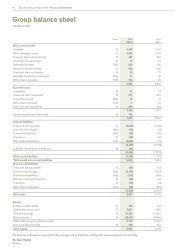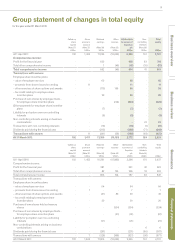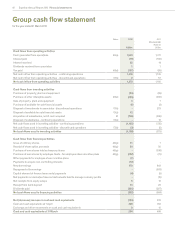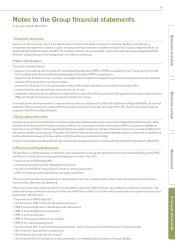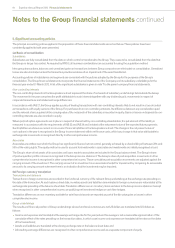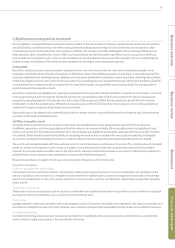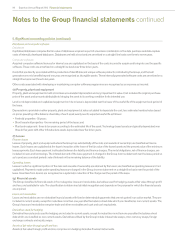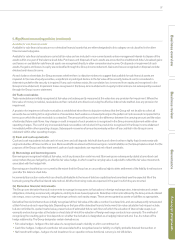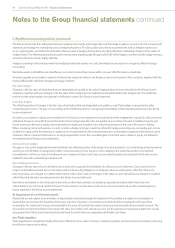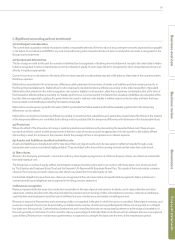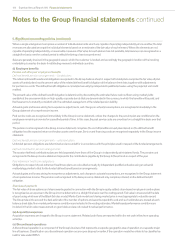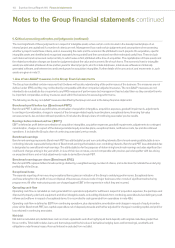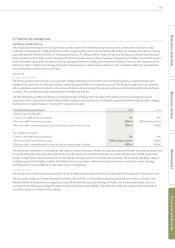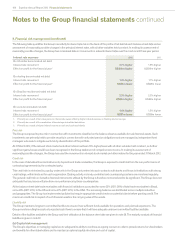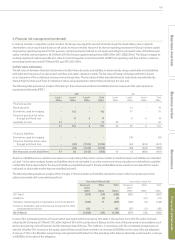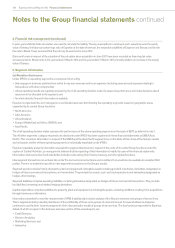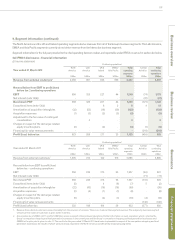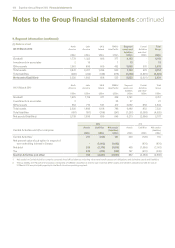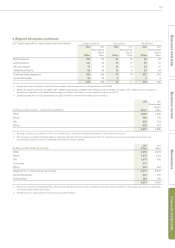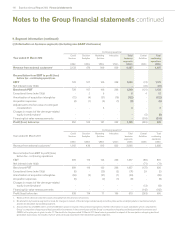Experian 2012 Annual Report Download - page 102
Download and view the complete annual report
Please find page 102 of the 2012 Experian annual report below. You can navigate through the pages in the report by either clicking on the pages listed below, or by using the keyword search tool below to find specific information within the annual report.
100 Experian Annual Report 2012 Financial statements
Notes to the Group financial statements continued
5. Significant accounting policies (continued)
Where a single arrangement comprises a number of individual elements which are capable of operating independently of one another, the total
revenues are allocated amongst the individual elements based on an estimate of the fair value of each element. Where the elements are not
capable of operating independently, or reasonable measures of fair value for each element are not available, total revenues are recognised on a
straight line basis over the contract period to reflect the timing of services performed.
Sales are generally invoiced in the geographic area in which the customer is located and accordingly the geographic location of the invoicing
undertaking is used as the basis for attributing revenue to individual countries.
(t) Employee benefits
Pension and other post employment benefits
Defined benefit pension arrangements – funded plans
The retirement benefit assets and obligations recognised in the Group balance sheet in respect of funded plans comprise the fair value of plan
assets of funded plans less the present value of the related defined benefit obligation at the balance sheet date, together with adjustments
for past service costs. The defined benefit obligation is calculated annually by independent qualified actuaries using the projected unit credit
method.
The present value of the defined benefit obligation is determined by discounting the estimated future cash outflows using market yields
available at the assessment date on high-quality corporate bonds that are denominated in the currency in which the benefits will be paid, and
that have terms to maturity consistent with the estimated average term of the related pension liability.
Actuarial gains and losses arising from experience adjustments, and changes in actuarial assumptions, are recognised immediately in the
Group statement of comprehensive income.
Past service costs are recognised immediately in the Group income statement, unless the changes to the pension plan are conditional on the
employees remaining in service for a specified period of time. In this case, the past service costs are amortised on a straight line basis over that
period.
The pension cost recognised in the Group income statement comprises the cost of benefits accrued plus interest on the defined benefit
obligation less the expected return on the plan assets over the year. Service and financing costs are recognised separately in the Group income
statement.
Defined benefit pension arrangements – unfunded plans
Unfunded pension obligations are determined and accounted for in accordance with the principles used in respect of the funded arrangements.
Defined contribution pension arrangements
The assets of defined contribution plans are held separately from those of the Group in independently administered funds. The pension cost
recognised in the Group income statement represents the contributions payable by the Group to these funds in respect of the year.
Post-retirement healthcare obligations
Obligations in respect of post-retirement healthcare plans are calculated annually by independent qualified actuaries using an actuarial
methodology similar to that for the funded defined benefit pension arrangements.
Actuarial gains and losses arising from experience adjustments, and changes in actuarial assumptions, are recognised in the Group statement
of comprehensive income. The pension cost recognised in the Group income statement only comprises interest on the defined benefit
obligation.
Share-based payments
The fair value of share options and share awards granted in connection with the Group’s equity settled, share-based employee incentive plans
is recognised as an expense in the Group income statement on a straight line basis over the vesting period. Fair value is measured at the date
of grant using whichever of the Black-Scholes model, Monte Carlo model and closing market price is most appropriate to value the award.
The Group takes into account the best estimate of the number of options and awards expected to vest and such estimates are revised at each
balance sheet date. Non-market performance conditions are included in the vesting estimates. Market-based performance conditions are
included in the fair value measurement on grant date and are not revised for actual performance.
(u) Acquisition expenses
Acquisition expenses are charged to the Group income statement. Related cash flows are reported within the net cash inflow from operating
activities.
(v) Discontinued operations
A discontinued operation is a component of the Group’s business that represents a separate geographic area of operation or a separate major
line of business. Classification as a discontinued operation occurs upon disposal or earlier, if the operation meets the criteria to be classified as
held for sale under IFRS 5.


